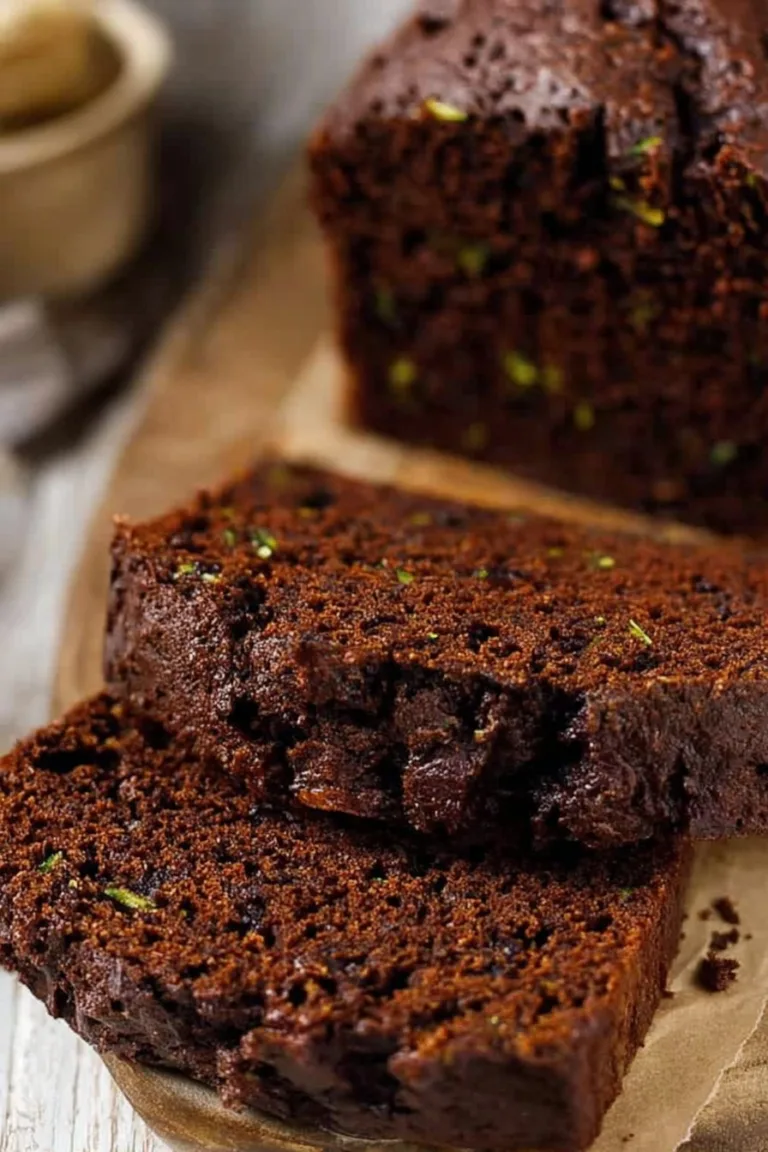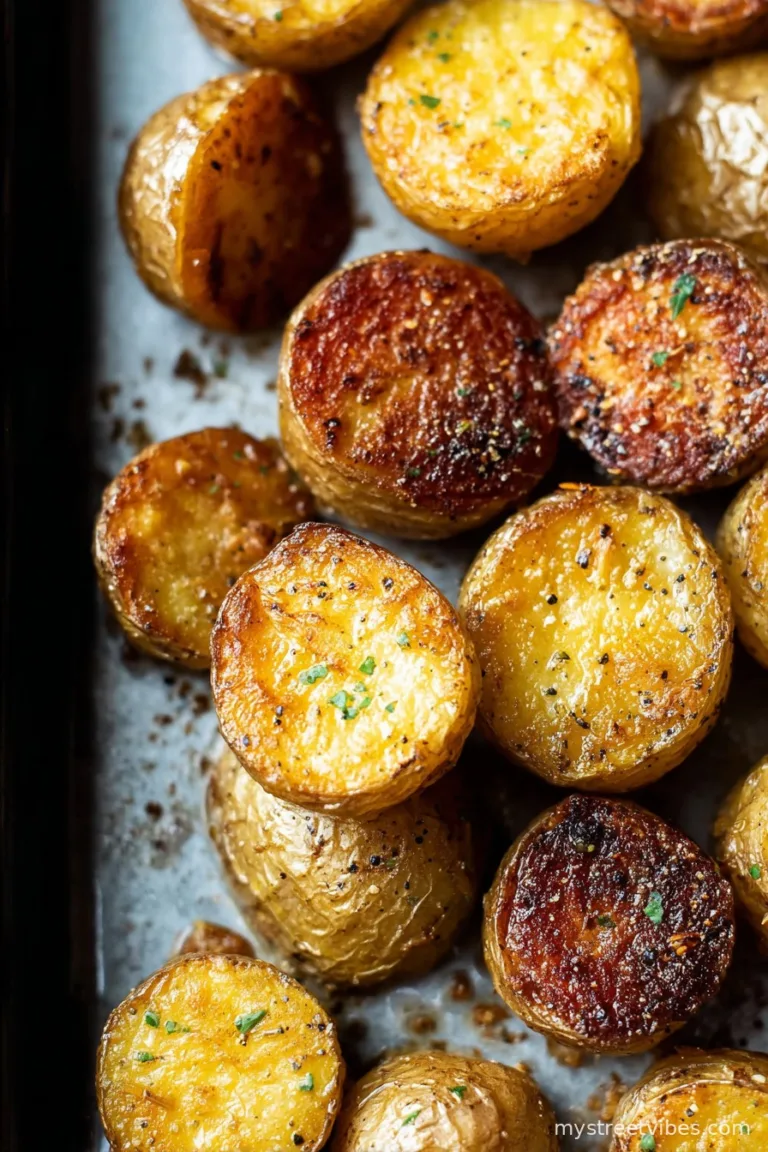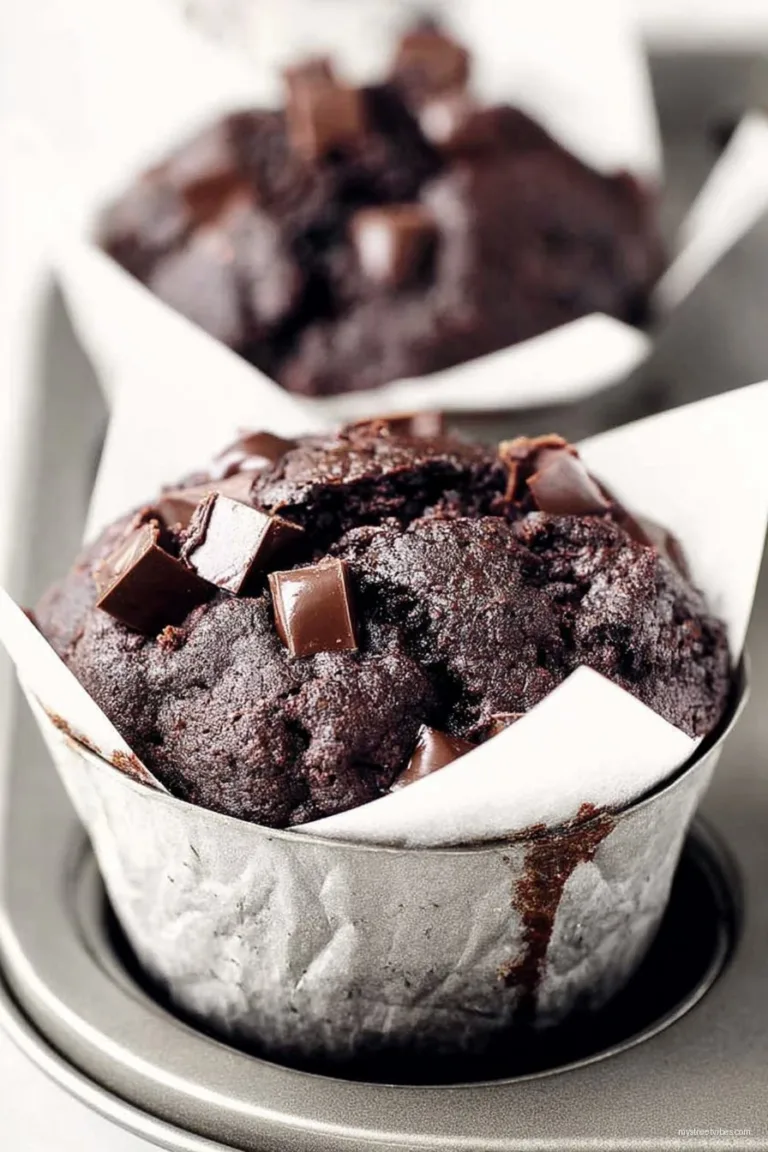If You Need a New Party Trick (or Just a Snack Attack Saver)
So, the other week I’m staring blankly into my fridge—standard post-work existential moment—and see a lonely butternut squash and that big block of feta I always buy ‘for salads’ but somehow never use up. And it hits me: why not smash ’em together? Turns out, this sort of happened by accident last autumn when I attempted a fancy appetizer for my cousin’s birthday (full disclosure: the first try was honestly kind of weird, but now it’s basically requested at every family get-together). If you find yourself craving bold flavors and don’t mind licking the food processor, you’re in excellent company.
Okay, But Why Would You Make This?
I pull out this Butternut Squash Whipped Feta Dip whenever I want to look like I’m way more organized than I actually am—like that time my mates dropped in early for book club and I needed something to tide them over that didn’t involve just crisps. My tiny humans devour it (oddly, considering their aversion to anything orange). And it’s brilliant because unlike some dips, you can make this ahead and it’ll still taste, if not better, then at least just as good the next day. Although, to be fair, sometimes it’s the colour that sells it; looks almost too gorgeous to eat—almost. Roasting the squash is honestly the trickiest bit, and even that’s not too bad unless you insist on peeling it with a blunt knife, which I highly don’t recommend (voice of experience here).
Ingredients: Raid the Fridge (Optional Swaps Included)
- 1 small-medium butternut squash (about 750g or so), peeled and chopped into cubes (honestly, I’ve used pre-chopped from Tesco when I’m in a rush; no shame)
- 2 tbsp olive oil (any decent glug works, my grandma always insisted on Filippo Berio, but whatever’s on hand)
- 200g block feta cheese (I’ve subbed in goat’s cheese on a wild day—also good)
- 1 small clove garlic, peeled
- Zest and juice of half a lemon (or lime if that’s what’s rolling around in the fruit bowl)
- 2 tbsp plain Greek yogurt (I should use full fat, sometimes just what’s left in the tub works fine)
- Sea salt and black pepper, to taste (I tend to go heavy on both, but taste and see)
- For garnish: drizzle of honey, toasted pumpkin seeds, extra olive oil, sprinkle of chili flakes or dukkah (all totally optional)
Let’s Get This Thing Made (Step by Step, Sort Of)
- Roast the butternut. Preheat the oven to 200°C (that’s about 400°F for my American pals). Toss the squash cubes with 2 tbsp olive oil, a good pinch of salt, and some pepper; spread them on a baking tray. Roast for about 30 minutes, or until very soft and caramelised at the edges—give them a flip halfway, but if you forget (I do, often), they’re still grand.
- Add the squash, feta, and garlic to a food processor. Yup, all at once. If you don’t have a fancy processor, a hand blender sort of works, just takes a bit more elbow grease. Really pulse it until it’s starting to look creamy-ish.
- Squeeze in the lemon juice and zest, add the yogurt, and blitz again. This is the spot where I sneak a quick taste, usually. If it seems a touch thick, splash in a bit of hot water or another spoonful of yogurt (honestly, there’s no science—just keep going till it’s smooth-ish and dippable).
- Season to your liking. Give it some salt and pepper, and even a glug more olive oil if you’re in the mood. Actually, I’ve even thrown in a pinch of cumin before; not traditional, but kinda magical. If it still tastes bland, check that your feta’s got enough punch—sometimes the cheap stuff is a bit mild.
- Time to serve. Scrape into your favourite bowl, swirl a little honey and olive oil on top, scatter pumpkin seeds or whatever strikes your fancy. This is also that stage where it looks a bit weird and lumpy—don’t panic, it sorts itself out.
A Few (Hard-Earned) Notes
- Totally ignore all the precise measurements—this dip is forgiving. I’ve doubled the squash before when I got carried away at the market, just upped the yogurt a little, and it was still fab.
- If it’s mega salty, try adding a bit more lemon or yogurt—it usually balances right out. But sometimes you just need more chips for dipping, ha!
- Roasting time, well, depends on your oven—mine’s a bit old and temperamental. If your squash isn’t caramelised after 30 mins, give it an extra 10. Or less, if you like a softer, blonder flavor (I prefer the toasty bits, honestly).
Variations I’ve Actually Tried (and One I Regret)
- Added a spoonful of harissa—that’s probably my current favorite, adds just the smallest spicy kick.
- Once swapped pumpkin for the squash when I forgot to pick up any, turned out just fine, if a bit earthier.
- Tried beetroot instead of squash (don’t recommend—looks vivid, but, how shall I put this… odd in flavor.)
- Chucked in fresh mint once. Worked surprisingly well, but the kids called it “weird green dip” for a week.
Do You Need Special Kit? (Sort of, but…)
Okay, so I’ve said food processor like it’s essential. Really, a blender or good old stick mixer works—might just take longer, and you’ll need to scrape down the sides a bit more. In a pinch, I once mashed it all together in a big bowl with a fork; more rustic texture (let’s call it ‘artisanal’), but actually tasted right nice!

How Long Can You Keep This Stuff?
Theoretically, it’ll last 3 or even 4 days in the fridge, tightly covered. But honestly, in my house, if it’s not gone in 24 hours it’s usually because I hid the bowl at the very back behind the jam. If it does get a bit stiff, stir through a drip of yogurt before serving again. Oh, and if you freeze it? I tried once—it was, let’s say, not its finest hour. Texture went all off. Wouldn’t do it again!
Serving: Fancy or Lazy, Both Work
I dig in with soft pita or crusty bread, but my kids actually prefer carrot sticks—they call them “orange on orange.” When mum pops round, I break out the seeded crackers (she’s convinced the seeds make it healthier, I go with it). Sometimes we spoon it over warm grains like farro for a lazy meatless lunch. Don’t forget—drizzling with honey or chili oil on top feels unnecessary, but somehow elevates the whole thing.
Pro Tips (Learned the Hard Way)
- Let the dip cool a good while before you try blending—seriously, I once powered through too soon and melted a spatula. Rookie error; don’t recommend.
- If you’re heavy-handed with the garlic, it can get aggressively garlicky as it sits. Probably best to start small. Or larger, if you’re not snogging anyone after, your call.
- I blitzed the mix for ages once trying to make it perfectly silky; on second thought, it’s actually better with some texture left! Less like baby food.
FAQ’s (People Actually Ask Me These!)
- Do I have to use butternut squash?
Not strictly, you can swap in pumpkin or even sweet potato (that’s actually pretty lush). Acorn squash is a bit more fibrous, but doable. - Is there a vegan version?
I mean, sorta—you could try vegan feta and coconut yogurt. Haven’t done it myself, but I’ve seen recipes like this one that look promising. - Do you peel the squash?
Generally, yes—unless you get the really young, thin-skinned ones. Sometimes I’m lazy and just scoop the roasted flesh out after cooking, which works but is a bit faffy. - Can I make it ahead?
Absolutely! It’s decent straight away but, honestly, the flavors meld beautifully if you tuck it in the fridge overnight. For big do’s, I always do this the night before—so much less stressy. - What goes best with this dip?
Well, nearly anything—flatbread, those
Peter’s Yard sourdough crackers, toast soldiers (bit retro, but never gets old), or even as a spread in wraps. Sometimes slathered on roasted veg. Sometimes burnt onto the edge of the baking tray when I overfill, but I just chip it off and eat it anyway. - I don’t have Greek yogurt, help?
Honestly, any thick-to-middling yogurt works—I once used skyr and it was lovely, if a little tangy. Or, worst case, leave it out and add a splash of milk for texture. No rules carved in stone here.
Oh, and if you’re someone who loves nerding out over dips, there’s a killer roundup on Serious Eats—I get lost down that rabbit hole every couple of months. Anyway! Message me if you try this, or just want to vent about how sticky your hands got peeling that squash. There’s solidarity in snacks, you know?
Ingredients
- 2 cups butternut squash, peeled and cubed
- 2 tablespoons olive oil
- 1/2 teaspoon salt
- 1/4 teaspoon black pepper
- 5 ounces feta cheese, crumbled
- 1/2 cup Greek yogurt
- 1 tablespoon lemon juice
- 1 teaspoon chopped fresh thyme
- 1 garlic clove, minced
- Toasted pita or sliced veggies, for serving
Instructions
-
1Preheat the oven to 400°F (200°C). Line a baking sheet with parchment paper.
-
2Toss butternut squash cubes with olive oil, salt, and black pepper. Spread evenly on the baking sheet.
-
3Roast the butternut squash for 30-35 minutes, until tender and golden. Allow to cool slightly.
-
4In a food processor, combine roasted squash, feta cheese, Greek yogurt, lemon juice, fresh thyme, and minced garlic. Pulse until smooth and creamy.
-
5Taste and adjust seasoning as desired. Transfer dip to a serving bowl and garnish with a drizzle of olive oil and fresh thyme, if desired.
-
6Serve with toasted pita or sliced vegetables. Enjoy!
Approximate Information for One Serving
Nutrition Disclaimers
Number of total servings shown is approximate. Actual number of servings will depend on your preferred portion sizes.
Nutritional values shown are general guidelines and reflect information for 1 serving using the ingredients listed, not including any optional ingredients. Actual macros may vary slightly depending on specific brands and types of ingredients used.
To determine the weight of one serving, prepare the recipe as instructed. Weigh the finished recipe, then divide the weight of the finished recipe (not including the weight of the container the food is in) by the desired number of servings. Result will be the weight of one serving.
Did you make this recipe?
Please consider Pinning it!!







